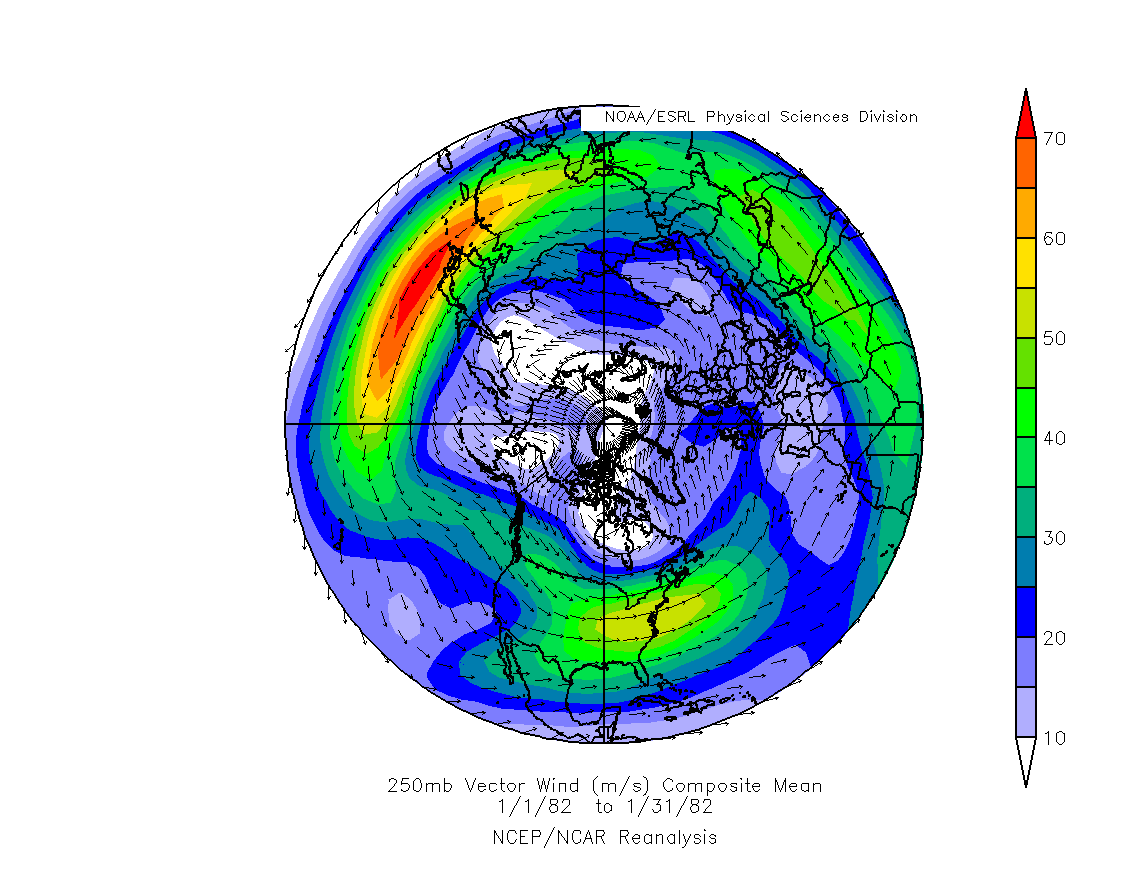~ 2014 already looks quite different
Considerable effort drove me to determine the reason why Arctic 2013 was so much adiabatic in nature. The very reason why Cyclones were extremely prevalent especially
from the spring onwards, ultimately leading up to affect the sea ice minima, by severely reducing sea ice compaction, in effect stunting a sure to be greater melt than 2012. Adiabatic air welcomes cyclonic invasions, while stable much colder surface air acts as a barrier, a wall against cyclonic penetrations.
As you may read my spring based 2013 projection as seen on top of www.eh2r.com ,
the cyclonic activity to come was observed quite entrenched by affecting refraction effects. Adiabatic surface to air interface dominated spring 2013 so strongly that I was certain and had no doubt that this feature will continue. However, early 2014 refraction optics show great evidence of the resumption of more normal Arctic Archipelago weather, having a greater balance between adiabatic and stable upper air profiles. In no
small part due to thicker sea ice between the channels caused by summer 2013 not having a great deal of sun ray heating of the sea by the everlasting presence of clouds
which permeated the entire 24 hour sun light season
Same day right after not so famous but awesome sun line, not seen like this so bright and strong for years.
The sun here is seen entirely compressed about 30 times. Looking like"fire on the ice".
The sunset ended -2.23 degrees below the astronomical horizon. Below -2 degrees sunsets were quite rare over the past 8 years. The thicker sea ice of the Northwest passage cooled faster after a day of sunlight hitting it, this created many isothermal layers right above, since air didn't cool as rapidly, ideal conditions existed for refraction ducting.
The basic difference between 2014 and 2013 is a presently colder Archipelago influenced by a a very frozen continent to the South, in part created by strong albedo action from last summer overwhelming presence of clouds associated with persistent numerous cyclonic incursions. This long streak of cyclonic activity is currently loosing steam because the local sea ice in a large area is healthier thickness wise, at least around the archipelago, which is a much colder area than the rest of the present day Arctic which has had a very warm winter. The resultant after effect of newish anticyclone genesis should eventually trigger the return of more sun rays reaching the the most frozen side of the Arctic. But since there is a temperature dipole in place, the rest of the Arctic Cyclones should continue enveloping the anticyclonic colder zone. The very existence of stable air at the surface over the cold area will move about its source, in effect creating more compaction, and surely a lesser sea ice minima than last year. WD March 15, 2014









